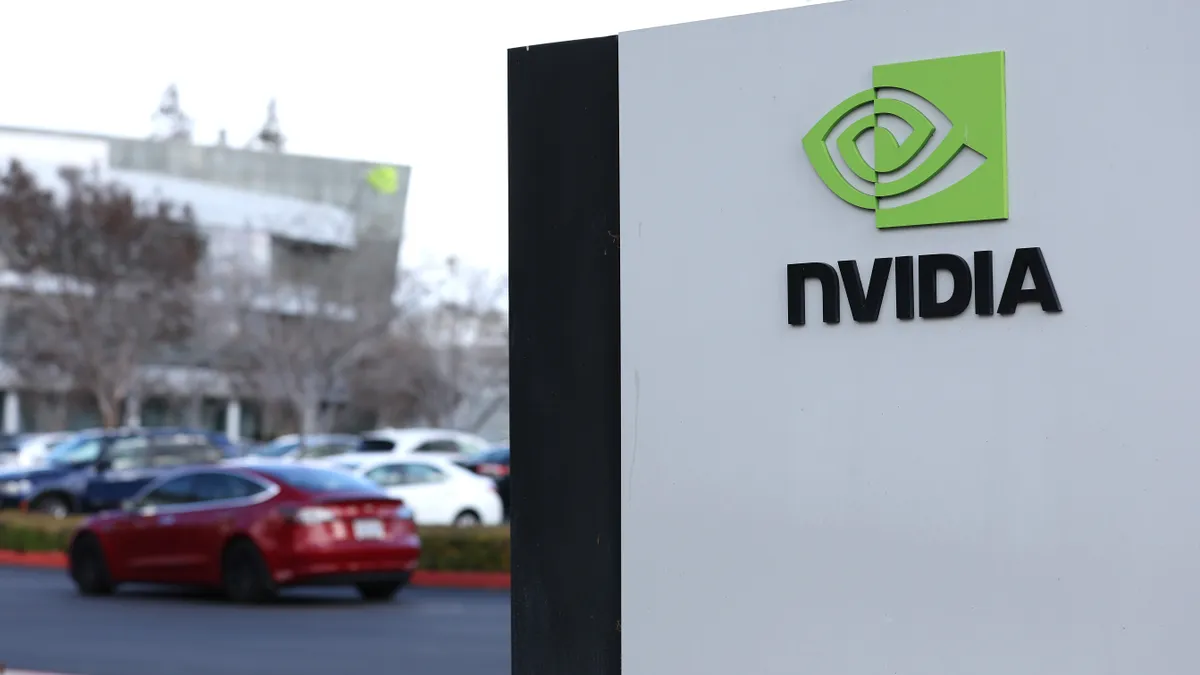Dive Brief:
- Johnson & Johnson Medtech has partnered with Nvidia to use artificial intelligence to improve surgery, the companies said Monday.
- The agreement positions J&J to use platforms from Nvidia, a maker of computer chips used for technologies like graphics and AI, to support the deployment of surgical software and devices that enable real-time data analysis in the operating room.
- J&J and Nvidia see the technologies facilitating fast, secure deployment of AI algorithms for surgical decision-making, education and collaboration.
Dive Insight:
Researchers have identified AI as a way to help surgeons navigate through the body during procedures, provide surgical robots with some level of autonomy and otherwise improve operations. Companies such as Intuitive Surgical are already using AI in their products. Medtech firms are still working to realize many of the opportunities identified by researchers.
J&J, one of Intuitive’s competitors for the robotic surgery market, has secured access to Nvidia’s IGX and Holoscan edge computing and AI platforms. Edge computing allows data to be processed close to the user, rather than being sent to remote servers.
Moving processing to the edge eliminates the lag and security risks that can happen as data is moved to and from servers. Those benefits may be relevant to surgical uses of AI, where processing delays could negatively affect patient outcomes and the sensitivity of health information makes it important to keep the data in a secure environment.
“Bringing advanced edge computing hardware and software to the OR enables scalability of innovation and new AI-powered solutions for clinical decision-making, education and training, and collaboration — with the ultimate goal of advancing patient care,” Shan Jegatheeswaran, J&J Medtech’s global head of digital, said in a statement.
David Niewolny, Nvidia's director of business development for healthcare/medical, discussed potential uses for AI in surgery in a blog post about the J&J deal. The technology could support the development of an AI model that analyzes endoscope footage and identifies organs, tissue and potential tumors in real-time, Niewolny wrote in the Monday post. Algorithms could also remove personally identifiable data to allow external experts to view videos.
The Nvidia collaboration is part of J&J’s broader push to use AI. CFO Joe Wolk said on an earnings call in January the company is “looking for opportunities, whether it be aided by artificial intelligence or just infrastructure overall, as to how we can further improve the medtech profitability profile.”










